Polarity Thinking Sparks New Insights
SC Audubon Society Heritage Meeting
November 15, 2017
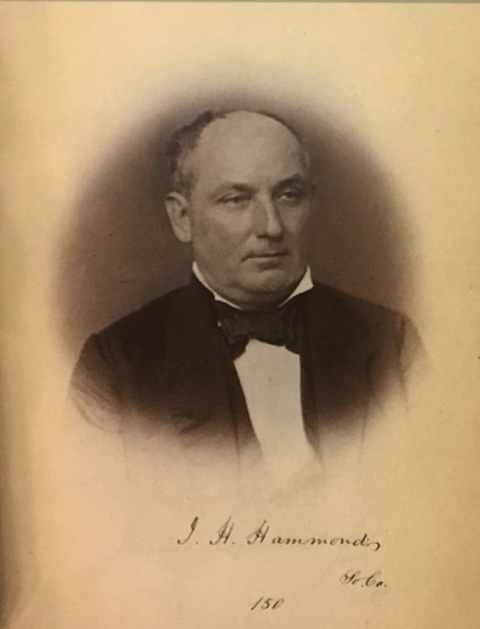
Image courtesy of Redcliffe Plantation.
Back in August 2017, at the invitation of Sharon Richardson, the SC executive director of Audubon South Carolina (ASC), I visited Silver Bluff plantation, now a South Carolina Audubon Society sanctuary, and Redcliff Plantation, now a state historic site. Sharon and her staff were interested in giving more attention to the historical resources of the sanctuary and asked me for my thoughts. Both sites were owned before and after the Civil War by James Henry Hammond, a prominent political leader in South Carolina, who served as governor and U.S. Senator. The Audubon Society has operated Silver Bluff for decades as a wonderful nature center and sanctuary, attracting a number of birds and giving them safe haven as they fly up and down the Atlantic flyway. Nearby is Redcliffe, which features the impressive house Hammond built in the late 1850s, replacing the one at Silver Bluff, and furnished with a remarkable collection of original artifacts, including a wealth of Hammond documents, which describe plantation life at Silver Bluff before and after the war; they are now safely housed in state archives.


With Sharon Richardson.
Sharon invited me back to Silver Bluff in November 2017 to facilitate their Heritage Meeting. The goal of the meeting would be to develop a short-term strategic plan for the Silver Bluff Nature Sanctuary. Joining us were members of the ASC advisory board, including Drew Lanham (Chair) and Harry Shealy; SCPRT/Redcliffe State Historic Site staff Elizabeth Laney, Paul McCormick, and Joy Raintree; ASC Chapter Leader Alice Walker; ASC staff, including Mike Dawson, Candace Gillespie, Brandon Heitkamp, Matt Johnson, Paul Koehler, and Nolan Schillerstrom; and ASC consultants Nina deCordova (communications) and Ellie Tiller (fundraising).
Polarity Thinking = Paired Concepts
I began the meeting by introducing the idea of “Polarity Thinking.” In brief, polarities are paired concepts. When each concept is accented equally, they support one another in pursuit of a common purpose. Through discussion, we realized that some of the polarities that matter at Redcliffe and Silver Bluff are natural/historical, continuity/change, land use/conservation and white/black – these polarities are critical to both sites, with histories so conjoined that one can’t be explored without the other.
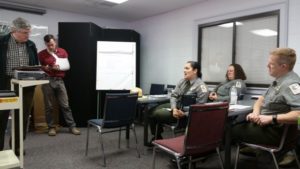
Photo credit: Nolan Schillerstrom/Audubon SC.
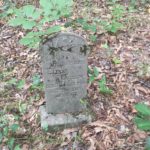
About Redcliffe
Elizabeth Laney with SCPRT/Redcliffe State Historic Site offered a geographic and historical overview, stressing the unusual level of detail in records kept by its antebellum owner, James Henry Hammond. His detailed records of enslaved people, plus the African American cemetery at Silver Bluff with as many as 250 burial sites, make this an unusually rich place to study African-American history. Hammond’s records could potentially be connected to earlier records, allowing descendants of people enslaved here to trace their lineage back to the 18th century.
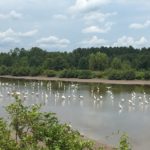
Hammond owned six plantations totaling 14,000 acres: Redcliffe, Glen Loula, Kathwood, Silverton, Silver Bluff, and Cowden. The floodplain forest below the ridge is a bottomland hardwood forest, an Audubon South Carolina priority for protection because of the many bird species this ecosystem shelters. Silver Bluff is part of an effort to protect hundreds of thousands of acres in the Savannah River watershed.
Hammond was also known for his agricultural experiments. There were extensive orchards and vineyards at Silverton, and vast information from his journals on every aspect of agriculture at Silver Bluff. It was noted that all this land, which was forested prior to Hammond, is now returning to forest. The oldest tree still existing on the property is the massive Cherry Bark Oak. There are also ancient magnolias, Spanish cork oaks, deodara cedars, and pecan trees.
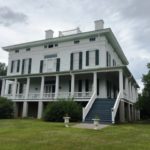
Redcliffe Plantation
The house and grounds are operated by three full-time staff. Redcliffe’s paying visitors have nearly quadrupled in recent years, with about 6,000 paying fees to visit the house or attend programs each year. Those who tour the grounds for free are “impossible” to count. Most of the kids who tour are in third grade, though they’ve developed nationally certified programs for third, fourth, fifth, and eighth grade. They would like to grow the numbers of attendees at their special programs and events. In addition to the increase in visitor numbers, the diversity of visitors has exploded. That’s true both for daily visitors and people who come for programming focused on African American history.
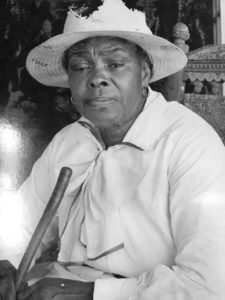
“Miss Patience”
The staff agreed that essential to the effort to develop quality interpretation was the positive response they’ve gotten from descendants of the plantations’ enslaved people. They’ve involved them in planning, and they now host an annual descendant celebration weekend called “Redcliffe Roots”. Shown at left is “Miss Patience” – part of the interpretive signage in the buildings that served as homes for generations of enslaved families.
Silver Bluff’s History & Purpose
Beidler Forest has long been considered ASC’s cornerstone, whereas Silver Bluff has been primarily a working asset — providing income through the sale of timber, pine straw, etc. New leadership at the National Audubon Society means new priorities. Silver Bluff is now appreciated for (1) pioneering bird-friendly forestry; (2) helping to keep the Savannah River clean by filtering pollutants; and (3) being located in a “climate stronghold,” where birds will likely retreat over the next decades as the weather changes. The property is 3,400 acres, with 2.6 miles of riverfront. It’s mostly forested, with 30 acres of constructed Wood Stork foraging ponds to protect this federally-threatened species, plus 90 acres of fields that allow easy access to USC’s archaeological dig at the 18th century trading post.
To me, Silver Bluff is an undiscovered gem. It’s only 10 minutes from Augusta and 25 minutes from Aiken. ASC needs to change visitor’s minds about the distance. We did it when I was executive director at Drayton Hall by partnering with Magnolia and Middleton plantations, giving people a stronger incentive to venture out of Charleston’s core. I advised ASC to “hit triples not singles”—that is, because of scarce resources and limited staff time, every program should serve multiple purposes: building the board, building the donor base, developing staff skills, and creating PR opportunities.
The planning group was energized and the ideas flowed—some wanted to learn more, some saw new possibilities in creatively focusing on natural assets in ways that haven’t been done before, others focused more on the people in order to bring the past alive. Who cooked the food, who tended to the livestock, and how do we connect the people to the land? Other participants thought there was potential in recreating historical farming techniques, blending them with the best contemporary sustainable techniques to feed visitors and potentially distant urban communities.
The groups also discussed their shared goals—from the basics of generating revenue and exposing the sites to a broader public, to stewarding their resources and engaging visitors so that they become advocates. They also recognized their distinct goals covering their different interpretive emphasis, areas of expertise, funding sources, and more. Using this knowledge, the group identified both short- and long-term goals:
Some of the short-term goals over the next 12 to 18 months:
- Use existing history, rebranding as needed
- Link back and forth between the two websites
- Cross-promote events and create joint events
- Create exhibits that cross-educate visitors on each site, with maps showing how to get there.
- Install signs on each property near the exit that point to the other site
- Begin negotiating with DOT for signage on roads between the properties
- Offer tours of both places as part of a special package that PRT could market for 10-15 people staying in their five cabins in Barnwell (45 min away) and for their 30 cabins at Santee to do the same for Beidler.
- Apply for grants together
Examples of long-term goals:
- Develop an interpretive plan.
- Connect with university professors to put students to work developing the background information needed. For example, mining Hammond’s journal or drawing connections between Silver Bluff and Beidler
- Develop programming that doesn’t need much, if any, infrastructure
- Develop a Redcliffe/Silver Bluff tour designed to transport history buffs from Beaufort, Charleston, Columbia, etc. for “A Day on the Savannah River”
- As funds can be raised, create the infrastructure needed to tell Silver Bluff’s story more effectively
- A relatively inexpensive investment would be a series of signs along the two-mile walking trail. Focusing on high points of the chronological story and ending with a description of wildlife that doesn’t change from century to century, but changes significantly depending on the person’s perspective
- Consider using Silver Bluff colonial artifacts housed in Columbia as part of the interpretation
- Potentially partner with the Center for Heirs Property to teach African-Americans about forestry at Silver Bluff
Note to historic sites staff with limited budgets: first, work with what you have, but make it better.
What’s important to keep in mind is that while these ideas are sound and their potential promising, we still need to have a glass-half-full mentality toward existing infrastructure—it may not be fancy, but a lot can be done with what’s available. I encourage staff at brainstormings such as these to work first with what you have, but make it better. Ask yourself how can we work smarter? The answers are there, if you’re willing to accept that what you’re doing now—that special event or program that is close to your heart or a site tradition—could be improved—could be better, stronger, smarter, and ultimately more profitable to the site.
Learn more about the Silver Bluff Audubon Center and Sanctuary here.
For more on these sites, see my earlier post from August 2017.
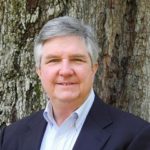 George W. McDaniel, Ph.D., is President of McDaniel Consulting, LLC, a strategy firm that helps organizations use history to build bridges within itself and to its broader constituents. The company’s tag line, “Building Bridges through History,” is grounded in McDaniel’s personal beliefs and his experience in site management, preservation, education, board development, fundraising, and community outreach. Rather than using history to divide us, he strives to help organizations use history, especially local history, to enhance cross-cultural understanding and to support local museums, preservation, and education. Dr. McDaniel recently led volunteer efforts with Emanuel AME Church and historical organizations in Charleston to use historic preservation to enhance racial reconciliation and healing.
George W. McDaniel, Ph.D., is President of McDaniel Consulting, LLC, a strategy firm that helps organizations use history to build bridges within itself and to its broader constituents. The company’s tag line, “Building Bridges through History,” is grounded in McDaniel’s personal beliefs and his experience in site management, preservation, education, board development, fundraising, and community outreach. Rather than using history to divide us, he strives to help organizations use history, especially local history, to enhance cross-cultural understanding and to support local museums, preservation, and education. Dr. McDaniel recently led volunteer efforts with Emanuel AME Church and historical organizations in Charleston to use historic preservation to enhance racial reconciliation and healing.
McDaniel is also the Executive Director Emeritus of Drayton Hall, a historic site in Charleston, SC, owned by the National Trust for Historic Preservation. He retired from Drayton Hall in 2015 after 25 years of distinguished service.
Header Image – Photo Credit: The Audubon Society.
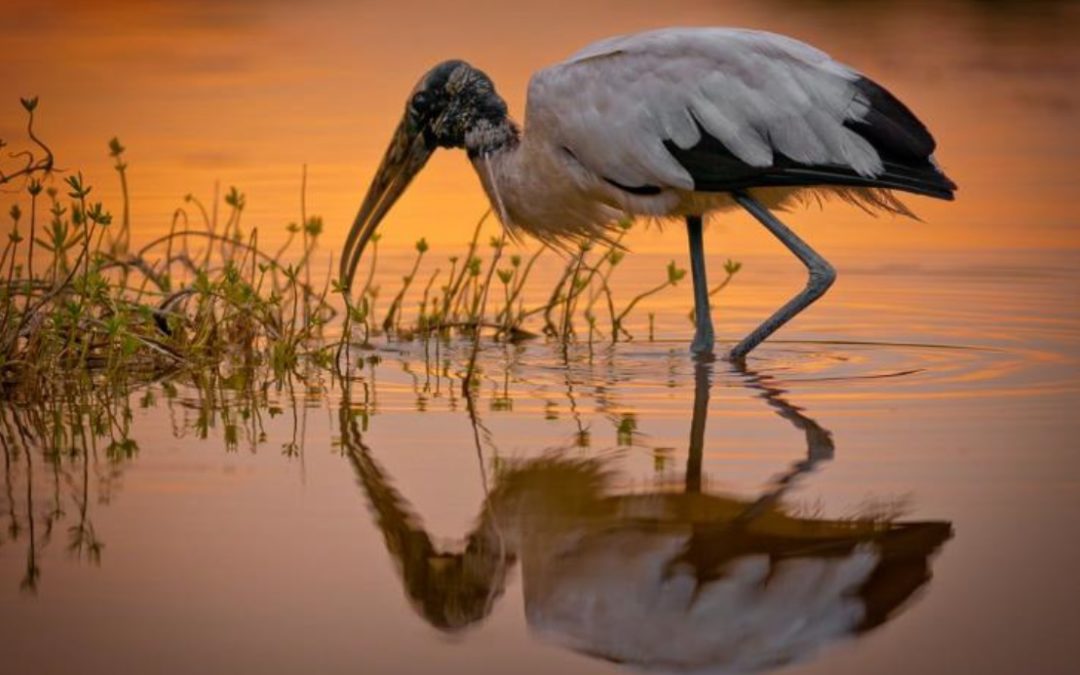
 McDaniel Consulting LLC is a strategy firm that helps organizations use history to build bridges within itself and its broader constituents.
McDaniel Consulting LLC is a strategy firm that helps organizations use history to build bridges within itself and its broader constituents.